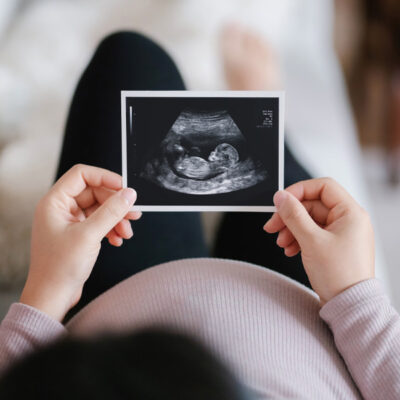Inner Wheel Australia Foundation Trust success
By Hudson Institute communications
Hudson Institute is proud to receive a Cord Blood Research Grant from Inner Wheel Australia, to help advance our exciting investigation of the uses of cord blood stem cells to prevent and treat brain injury in babies.
Cerebral Palsy is the most common cause of childhood disability and there is no cure. What is known is that umbilical cord blood (UCB) stem cells can protect the brain from injury, but we still do not understand exactly how.
This generous $65,000 grant will allow Dr Courtney McDonald and her team at Hudson Institute to continue their “brain in a dish” experiments, using a controlled system of human brain physiology that allows testing of novel therapeutic approaches, to further develop and optimise the benefits of UCB cells.

Identifying the mechanism of action of umbilical cord blood stem cells using our “brain in a dish”
Dr Courtney McDonald
Every 15 hours a baby is born in Australia with damage to the brain that will result in cerebral palsy (CP). Neuroinflammation is a key driver of damage to the developing brain, either during pregnancy or around the time of birth. Stem cells, particularly from umbilical cord blood (UCB) are shown to protect the brain from injury, but we still do not understand how UCB cells protect the brain from inflammation.
With collaborators in USA, we have developed a human “brain in a dish” that allows investigation of brain development in the laboratory. Our “brain in a dish” provides a high throughput, controlled system of human brain physiology that allows testing of novel therapeutic approaches, like UCB stem cell therapies. We will model neuroinflammation to examine the mechanisms by which UCB cells, and their products (UCB exosomes) modulate an inflammatory environment. This will provide critical information to further develop and optimise the therapeutic benefit of UCB cells.
Aims | Evaluate the effect(s) of UCB cells and their exosomes on inflammation using our “brain in a dish”. Specifically, we will examine- 1) paracrine effects of UCB cells and UCB exosomes, 2) determine the optimum priming of UCB cells to enhance function, 3) identify the transcriptome of brain organoids treated with UCB cells or UCB exosomes.
Hypothesis | UCB cells and exosomes will reduce neuroinflammation in the brain organoid predominantly by modulating trophic pathways and restore functional brain activity. UCB exosomes will provide a novel cell free product to replace UCB cells for therapeutic intervention.
Cerebral Palsy is the most common cause of childhood disability and there is no cure. Parents of children with CP are increasingly seeking stem cells as a therapeutic option. While we know UCB cells can protect the brain from injury, we still do not understand how UCB cells do this and whether their secreted products are therapeutic per-se.We will use our “brain in a dish” experiments to work out how UCB cells or their products protect the developing
brain.
Contact us
Hudson Institute communications
t: + 61 3 8572 2761
e: communications@hudson.org.au
About Hudson Institute
Hudson Institute’ s research programs deliver in three areas of medical need – inflammation, cancer, women’s and newborn health. More
Hudson News
Get the inside view on discoveries and patient stories
“Thank you Hudson Institute researchers. Your work brings such hope to all women with ovarian cancer knowing that potentially women in the future won't have to go through what we have!”






